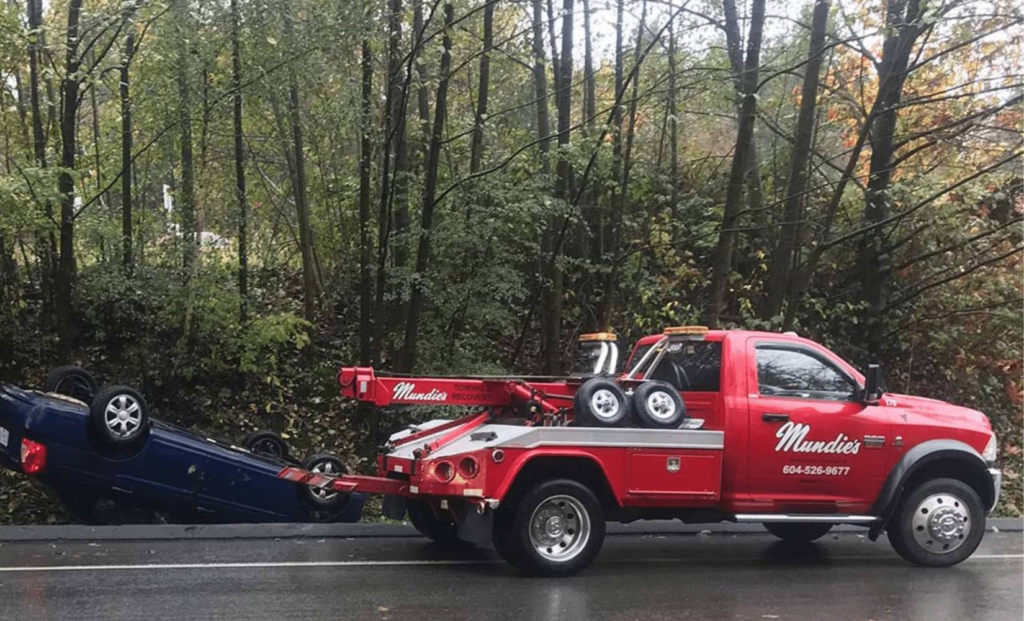Car towing is a service that comes to the rescue when your vehicle encounters unexpected issues on the road. Whether it’s due to a breakdown, accident, or other circumstances, knowing what to expect when your car needs towing can be invaluable. In this article, we’ll explore the world of car towing, covering its purposes, methods, and tips for a smooth experience.
Understanding the Purpose of Car Towing
Car towing serves several essential purposes:
- Roadside Assistance: Towing helps stranded motorists get their vehicles to a repair shop or their desired destination when they cannot be driven.
- Accident Recovery: After an accident, towing services can safely transport damaged vehicles to a repair facility.
- Illegal Parking Removal: Towing companies also assist in removing illegally parked vehicles, ensuring public safety and order.
- Transportation: Towing is used to move vehicles long distances, such as when relocating or delivering vehicles to dealerships.
Types of Towing Methods
Car towing can be performed using various methods, each suited to specific situations:
- Flatbed Towing: This method involves placing the entire vehicle on a flatbed trailer. It’s commonly used for damaged cars or those that require long-distance transportation.
- Wheel Lift Towing: In wheel lift towing, only the front or rear wheels of the vehicle are lifted off the ground. This method is suitable for short-distance tows.
- Hook and Chain Towing: Hook and chain towing, while less common today, involves securing the vehicle with chains. It’s primarily used for moving wrecked or abandoned vehicles.
- Dolly Towing: Dolly towing utilizes a small trailer to lift either the front or rear wheels of the vehicle off the ground. It’s suitable for front-wheel-drive or rear-wheel-drive cars.

Tips for a Smooth Car Towing Experience
- Safety First: Ensure your safety and the safety of passengers by moving to a safe location away from traffic if your vehicle breaks down.
- Contact a Reputable Towing Service: Research and keep contact information for reputable towing companies in your area. Read reviews and ask for recommendations from friends or family.
- Communicate Clearly: When calling a towing service, provide accurate information about your location, the type of vehicle, and the nature of the problem.
- Know Your Rights: Familiarize yourself with local regulations and your rights as a vehicle owner when dealing with towing services.
- Ask About Costs: Inquire about the estimated cost of towing and any additional fees before authorizing the service.
- Prepare for the Tow: Remove personal belongings and valuables from your vehicle before it is towed.
- Discuss Drop-Off: If your vehicle is towed to a repair shop, discuss the drop-off location and hours of operation with the towing company.
Car towing is a vital service that provides assistance when you’re in a challenging situation on the road. Understanding the purpose, methods, and best practices for towing can help you navigate unexpected roadside incidents with confidence. Whether it’s a breakdown, accident, or simply moving a vehicle, towing services play a crucial role in keeping traffic flowing and ensuring vehicle safety.
